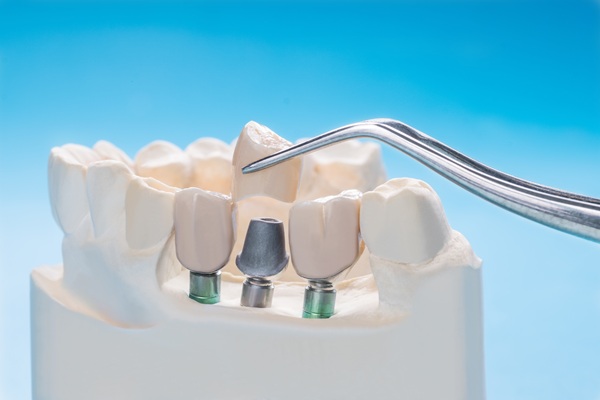 Enlisting the services of a periodontist is a good idea if you have gum pain and other symptoms of gum disease. For minor and moderate gum disease, improving your oral hygiene may be enough to correct the problem. As the disease progresses, other techniques such as planing and scaling can treat the effects. In the most severe instances, you may need surgery. It is helpful to know when this is the right option.
Enlisting the services of a periodontist is a good idea if you have gum pain and other symptoms of gum disease. For minor and moderate gum disease, improving your oral hygiene may be enough to correct the problem. As the disease progresses, other techniques such as planing and scaling can treat the effects. In the most severe instances, you may need surgery. It is helpful to know when this is the right option.
How a patient knows they have periodontal disease
Ordinarily, it should not be a surprise that a person has gum disease. There are signs that point to this condition. One of the most prevalent is that the gums will be swollen and look puffy. The gums may turn bright red and even bleed during brushing or eating. A person with gum disease may have bad breath. There could even be gum pain and tender gums.
Typical surgeries that a periodontist may perform to treat gum disease
Surgery is reserved for the most serious cases of periodontitis. These procedures are meant to restore the health and function of the gums and to prevent bone loss. One surgery is a bone graft. Here, the periodontist will take bone from elsewhere in the body or use artificial bone to build up the jaw. When gums have receded significantly and when the disease has destroyed the gums, a tissue graft may be helpful.
Flap surgery is another option. Here, incisions are made in the gum, allowing the periodontist to pull back the gums to clean the roots of the teeth. Other procedures help stimulate tissue regrowth. This is typical when there has been bone loss.
The gums have pulled away from the teeth
A patient will likely need surgery from the periodontist when there has been widespread recession. When this occurs, the gums start to pull away from the tooth structure. This puts the patient at risk of losing teeth. It can also make the patient prone to developing an infection. In this scenario, pockets form between the teeth, which can fill with bacteria. Surgery can restore the gums to their rightful place.
When there is bone loss
If a patient has started to lose jawbone, more effective brushing and flossing will not be enough. Planing and scaling, too, cannot stop this process. Only surgery from a periodontist in this situation can halt bone loss and start the process of regrowing it. If there is significant bone loss, a graft or transplant may be necessary to give the patient healthy jawbone again.
Treatment can help in dire cases
When you brush and floss properly and regularly, you can prevent gum disease. If you develop the disease and it progresses, there is still hope that you can overcome it. If treatment does not work or is not enough to provide relief, you may need surgery. Your periodontist will examine you to determine your needs. Make an appointment today so that you can discuss which option is right and will help you heal.
Request an appointment or call Brighton Periodontal & Implant Dental Group at 818-703-7733 for an appointment in our Woodland Hills office.
Recent Posts
People who are seeking healthy gums but are dealing with challenges with gingivitis can see an expert periodontist, a dental professional who has studied the structures that support the teeth. These include the gums, the jawbone itself, and the ligaments that help hold the teeth in place.Periodontists are trained dentists who focus their attention on…
Periodontics focuses on gum health. Keeping your gums healthy is the main goal of every treatment. Detecting any problem early leads to early treatment. You can also do your part in caring for your gums. Here are some tips from dental professionals who work in periodontics on how to have healthier gums.Bad bacteria in the…
When we go to the dentist or periodontist, one of the last things that we expect to hear is that we need gum recession treatment. However, gum recession happens to many people for many reasons. When it does happen, it is important to get it treated properly as soon as possible to avoid further damage.…


